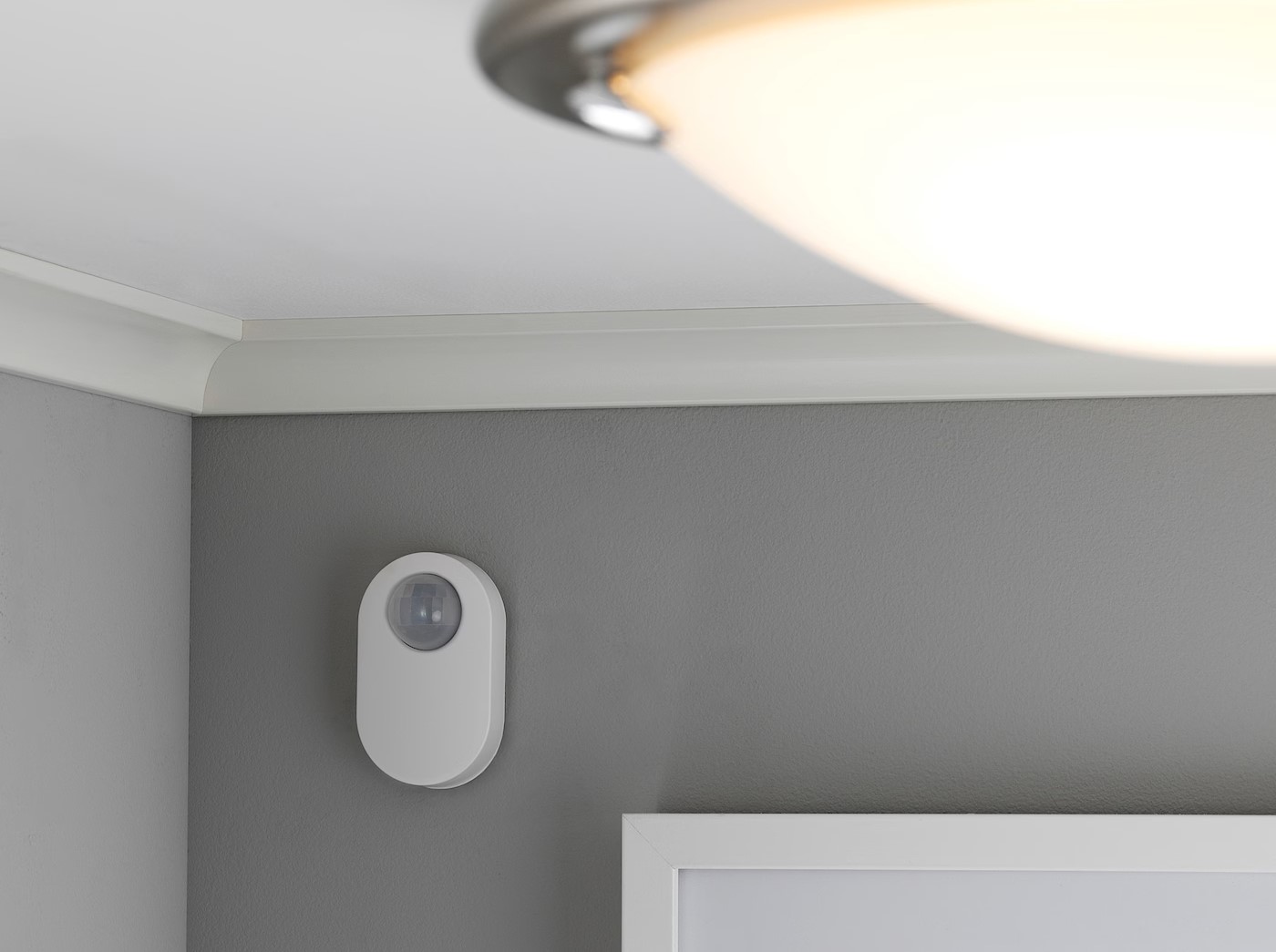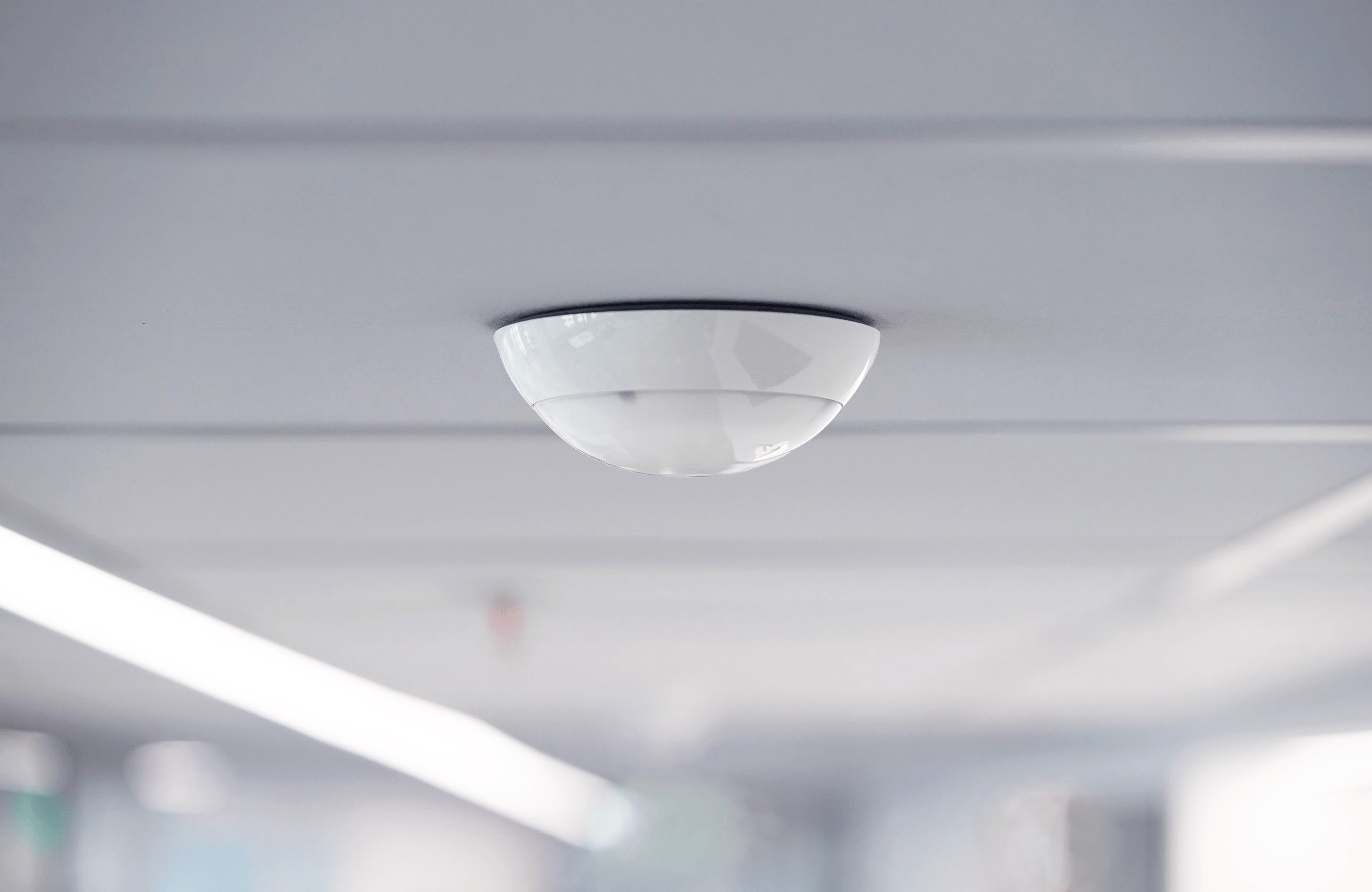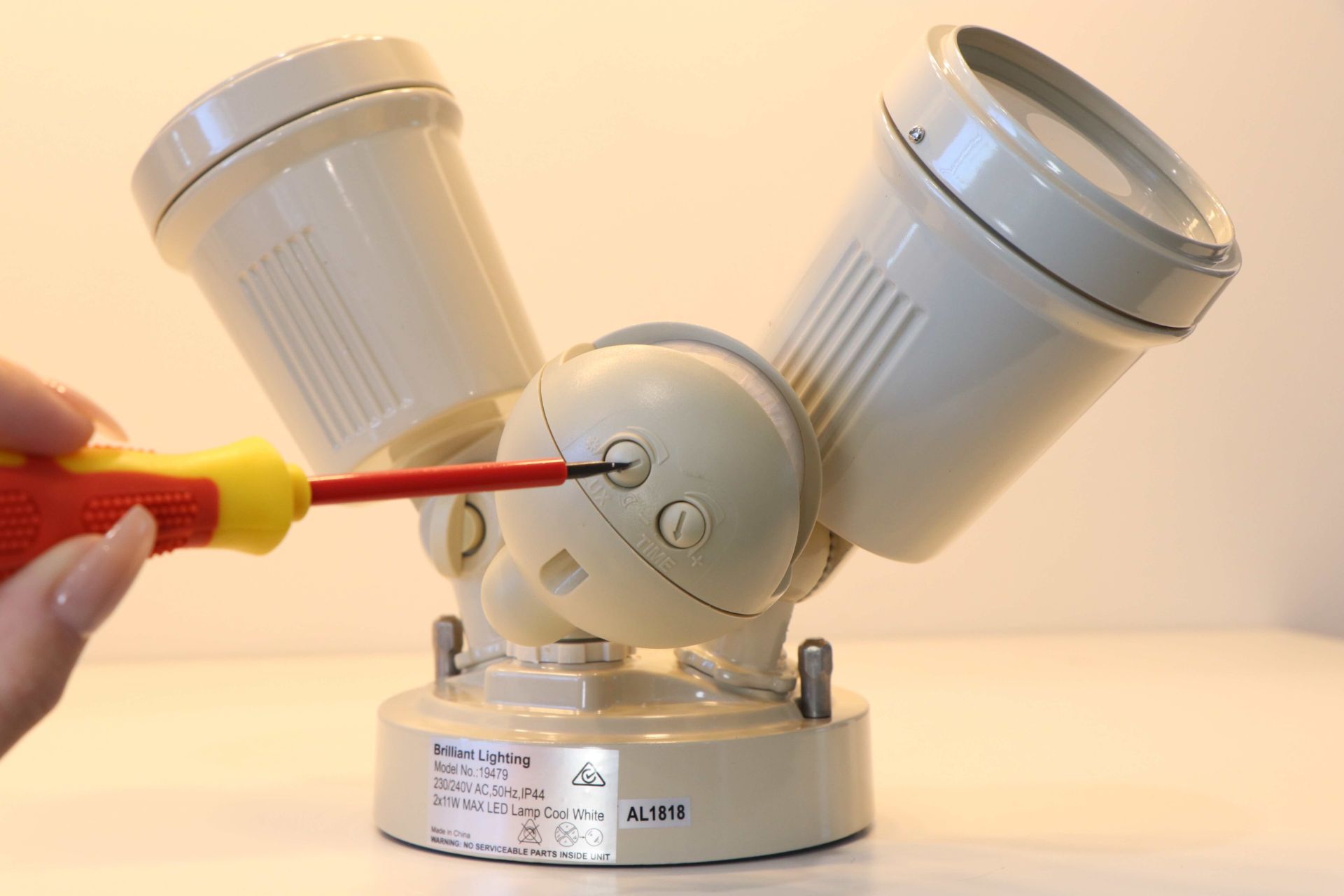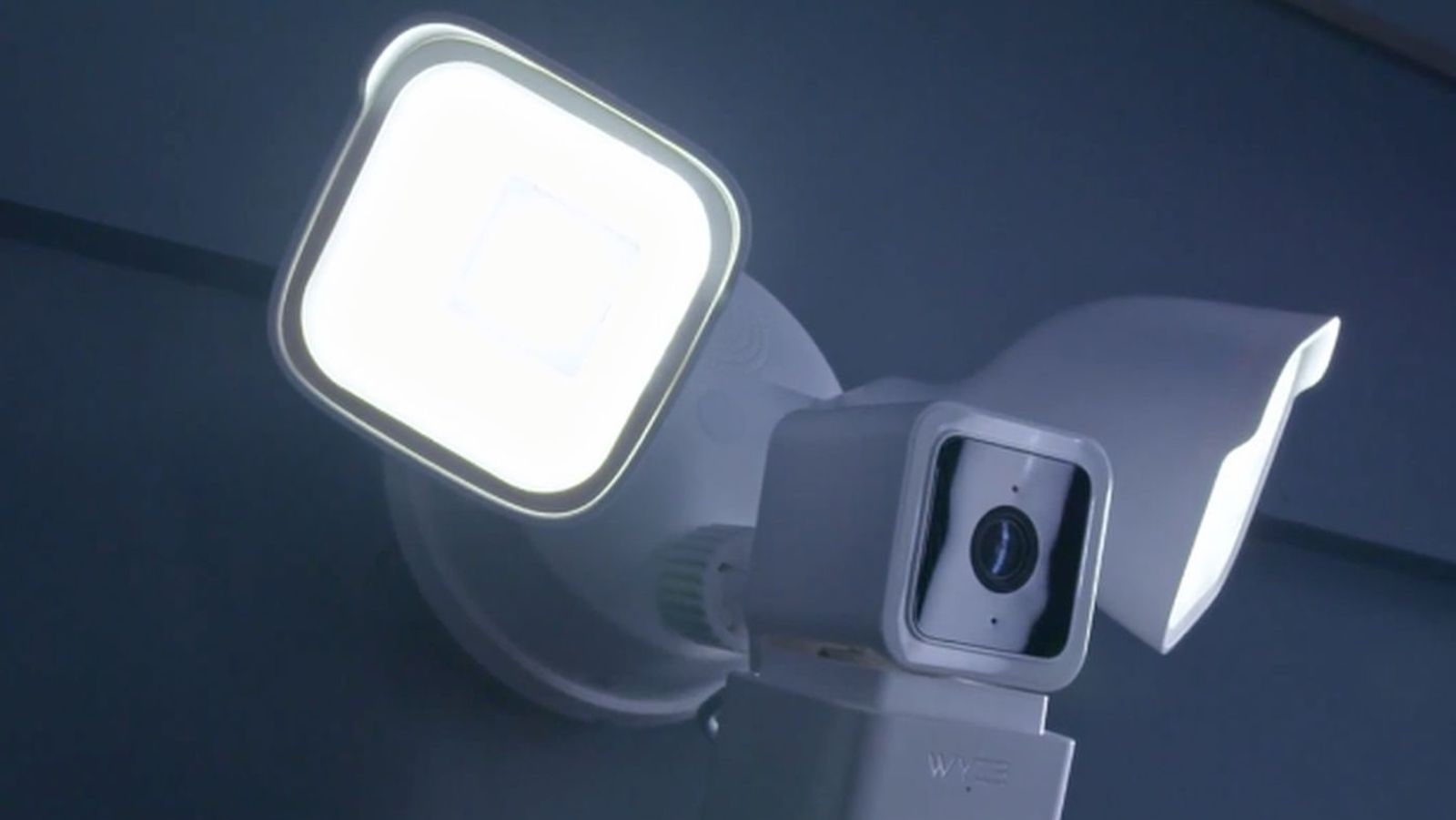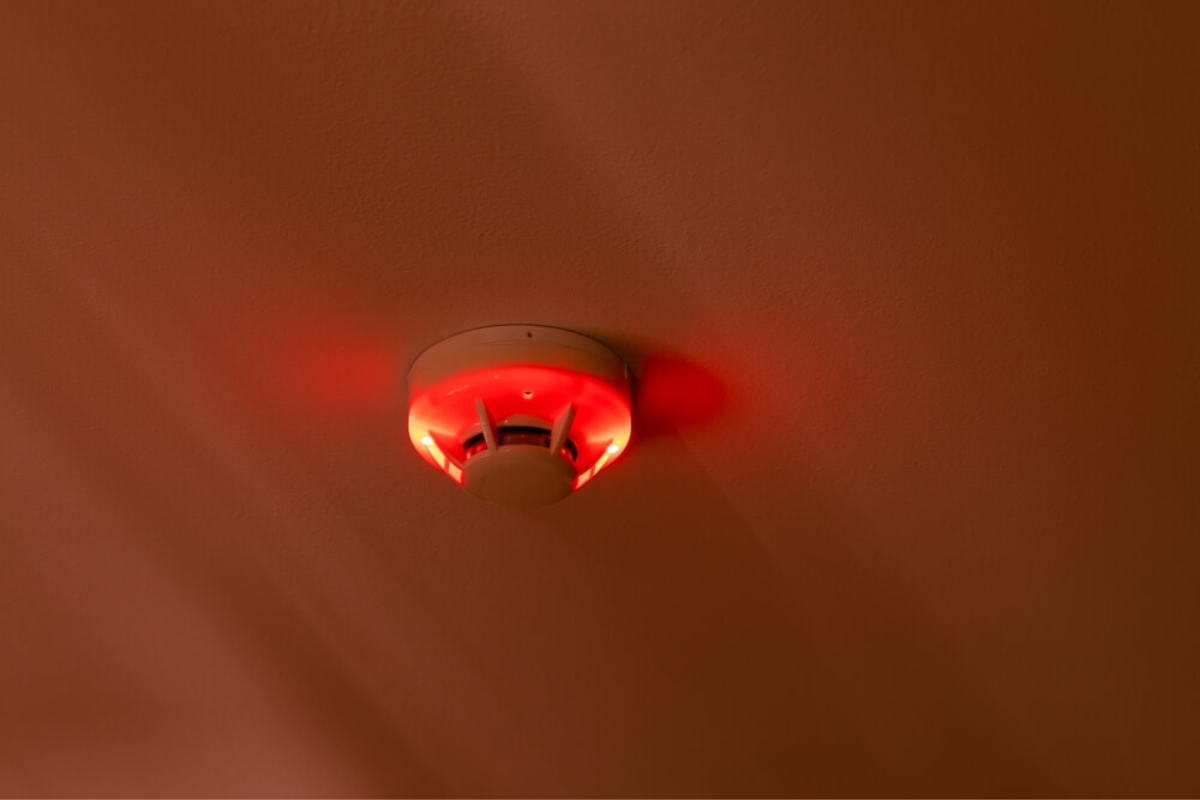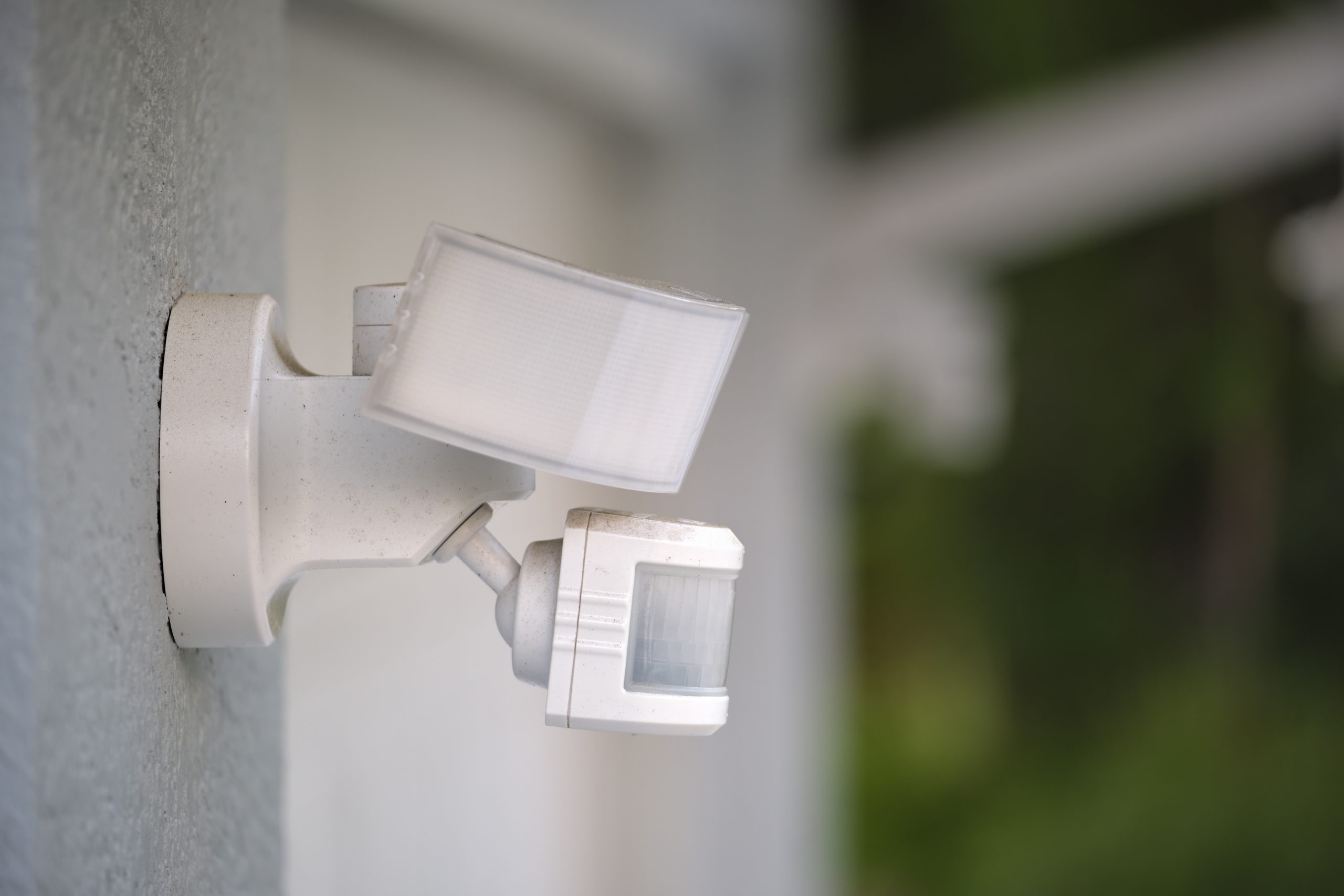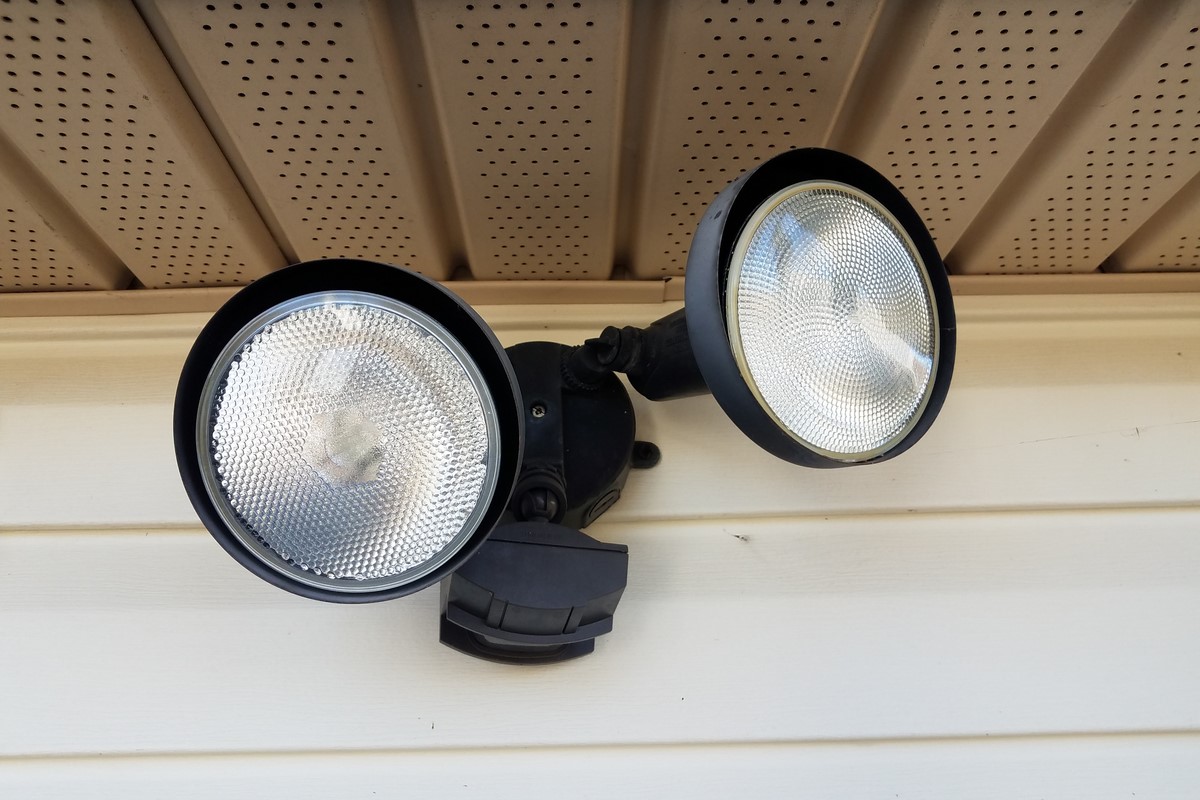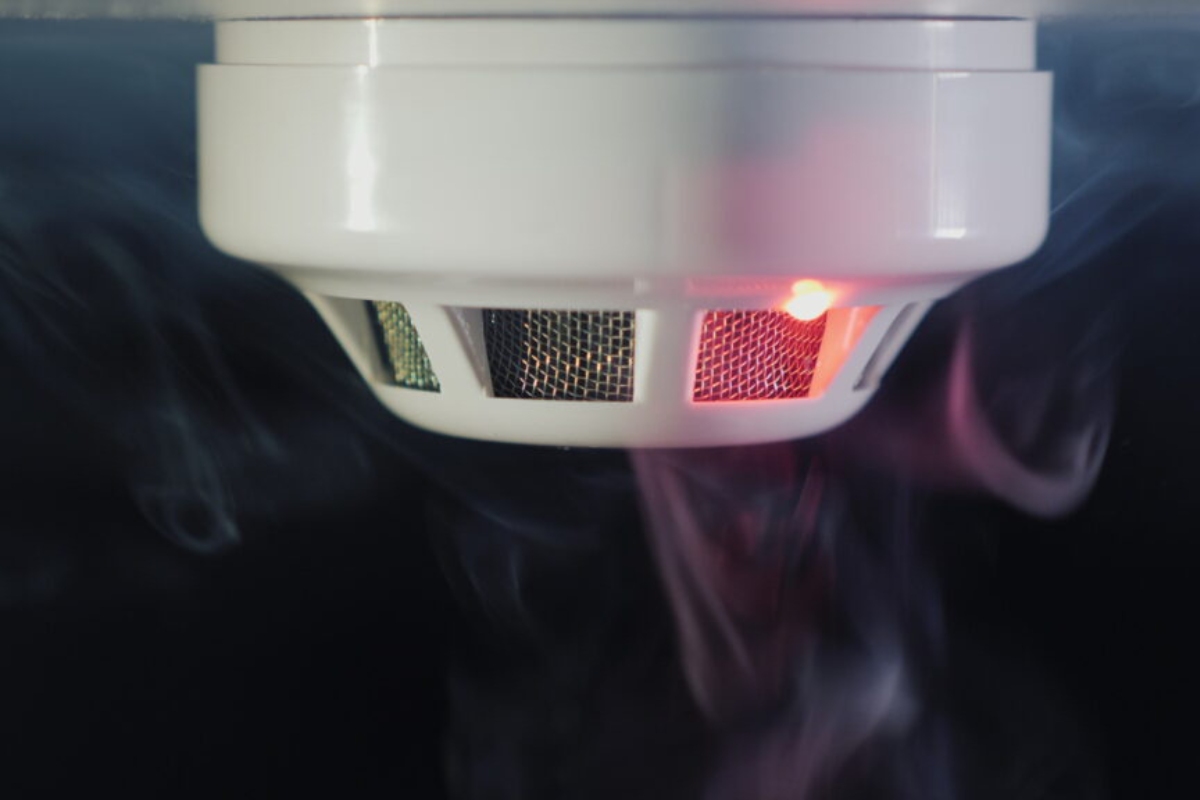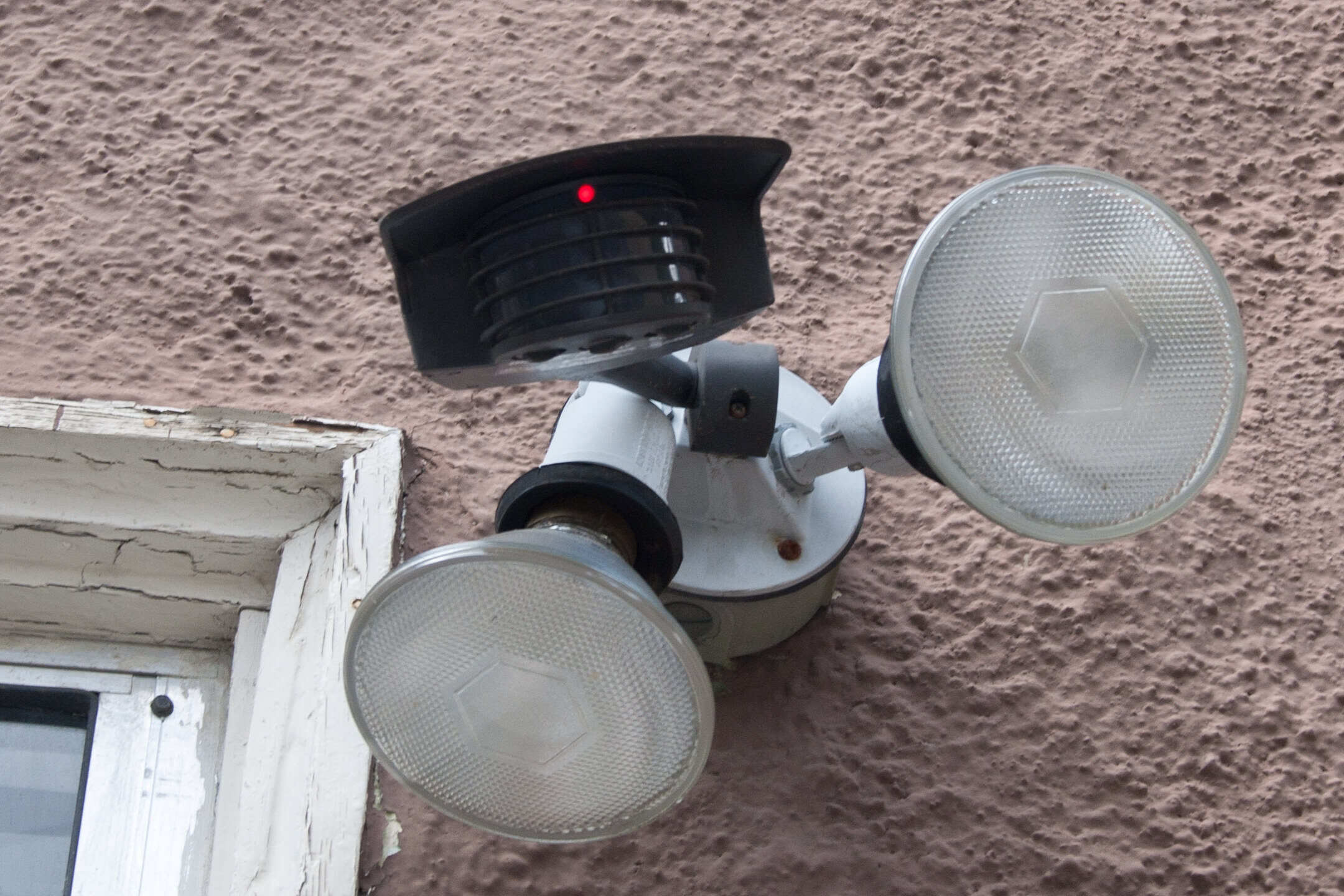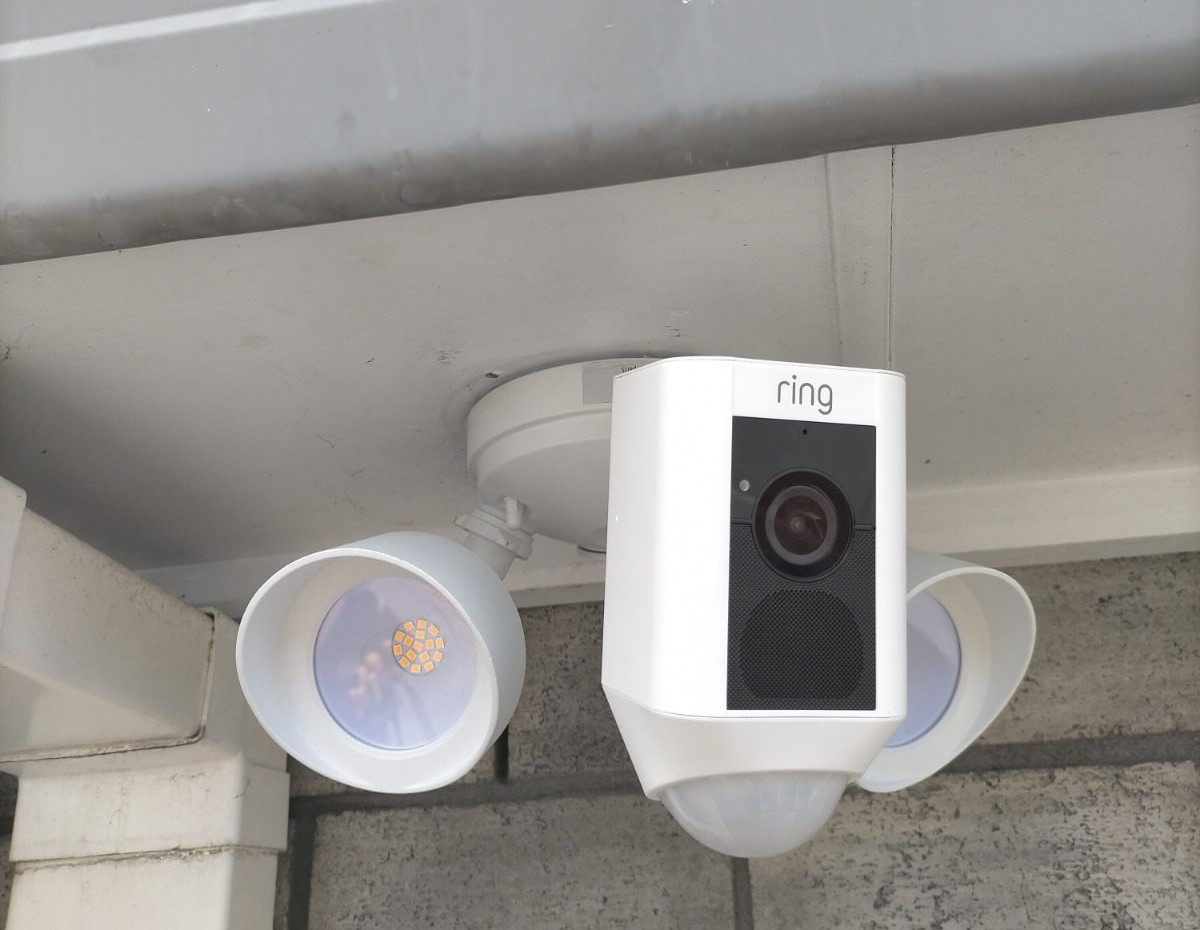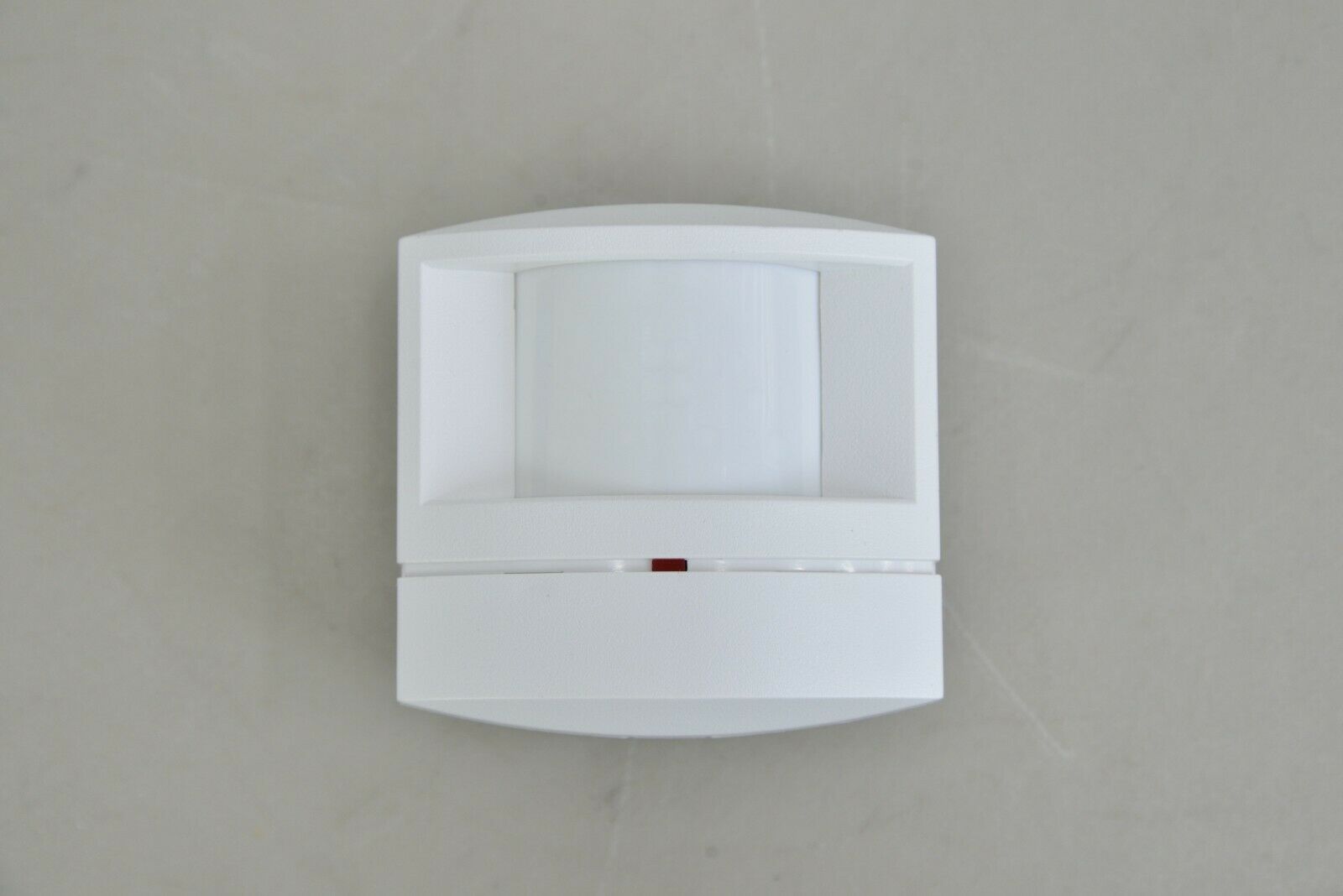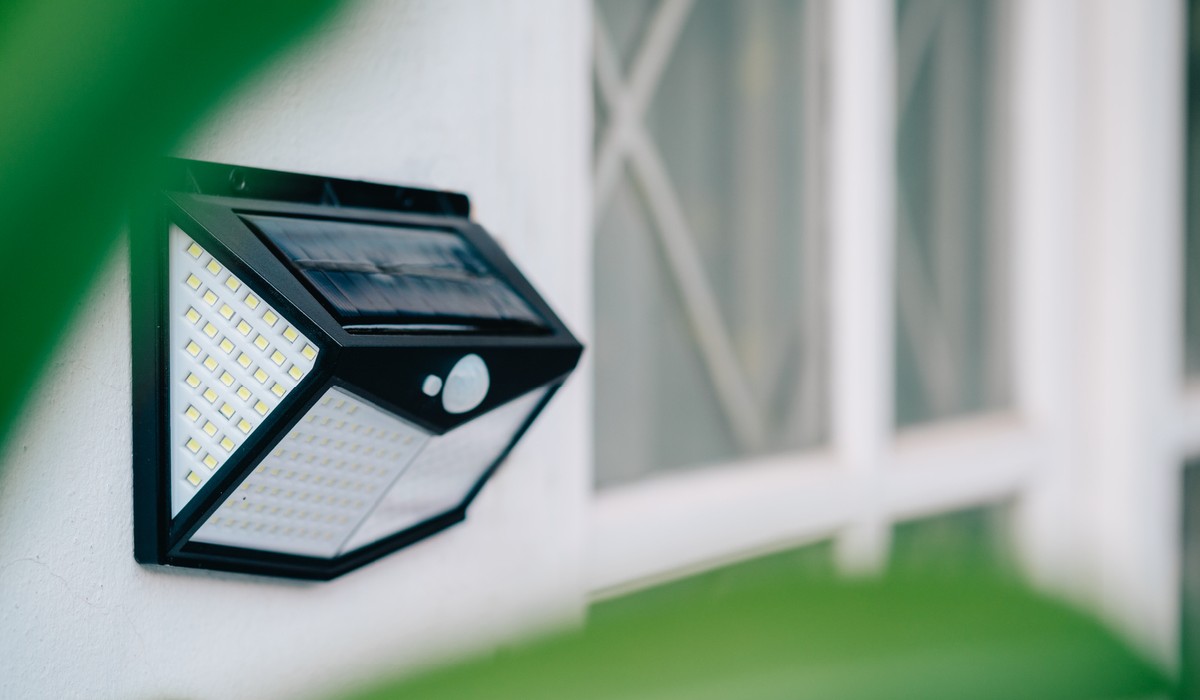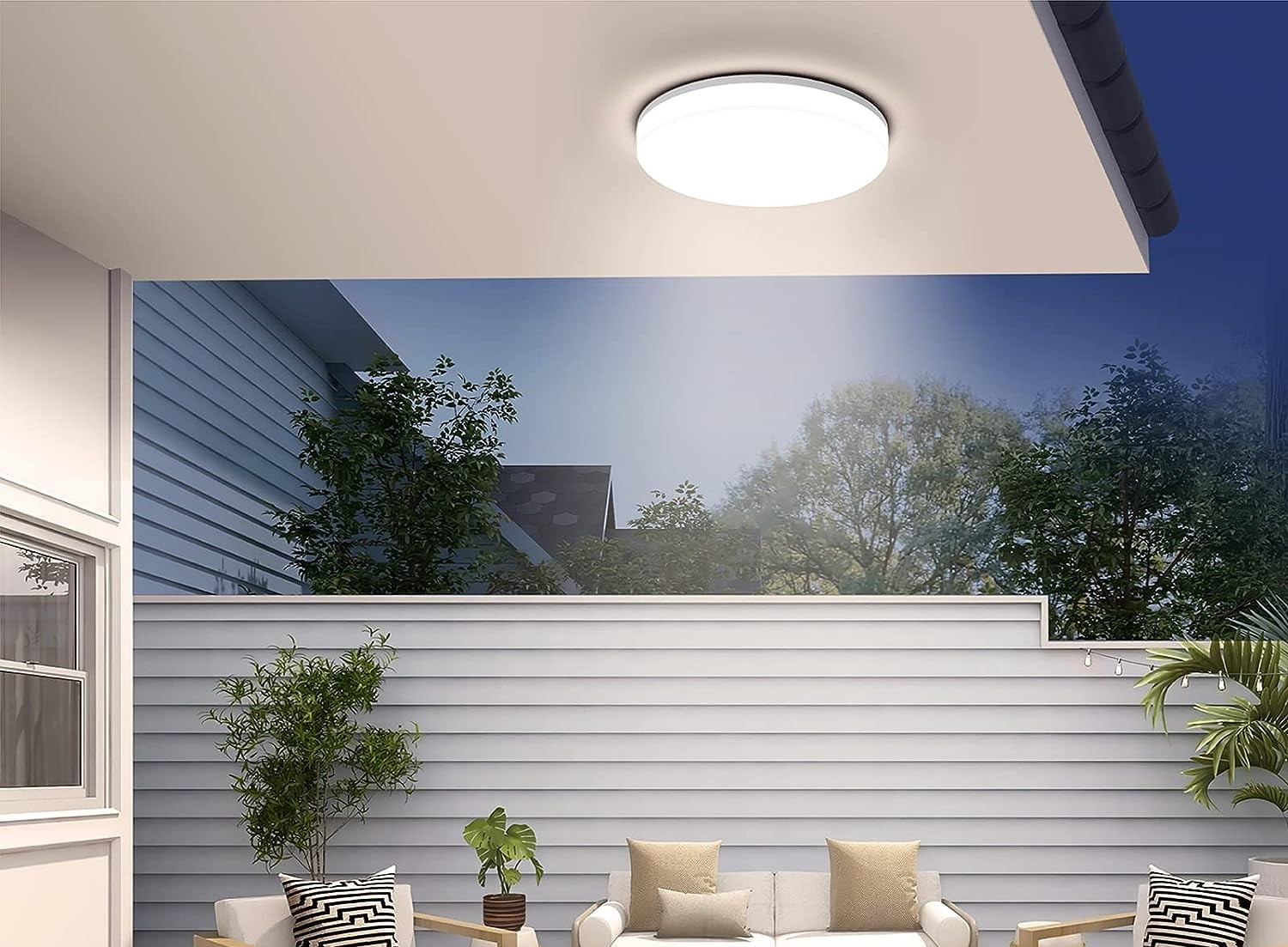Home>Home Security and Surveillance>What Does Increasing Sensitivity Mean On Motion Detector Light?
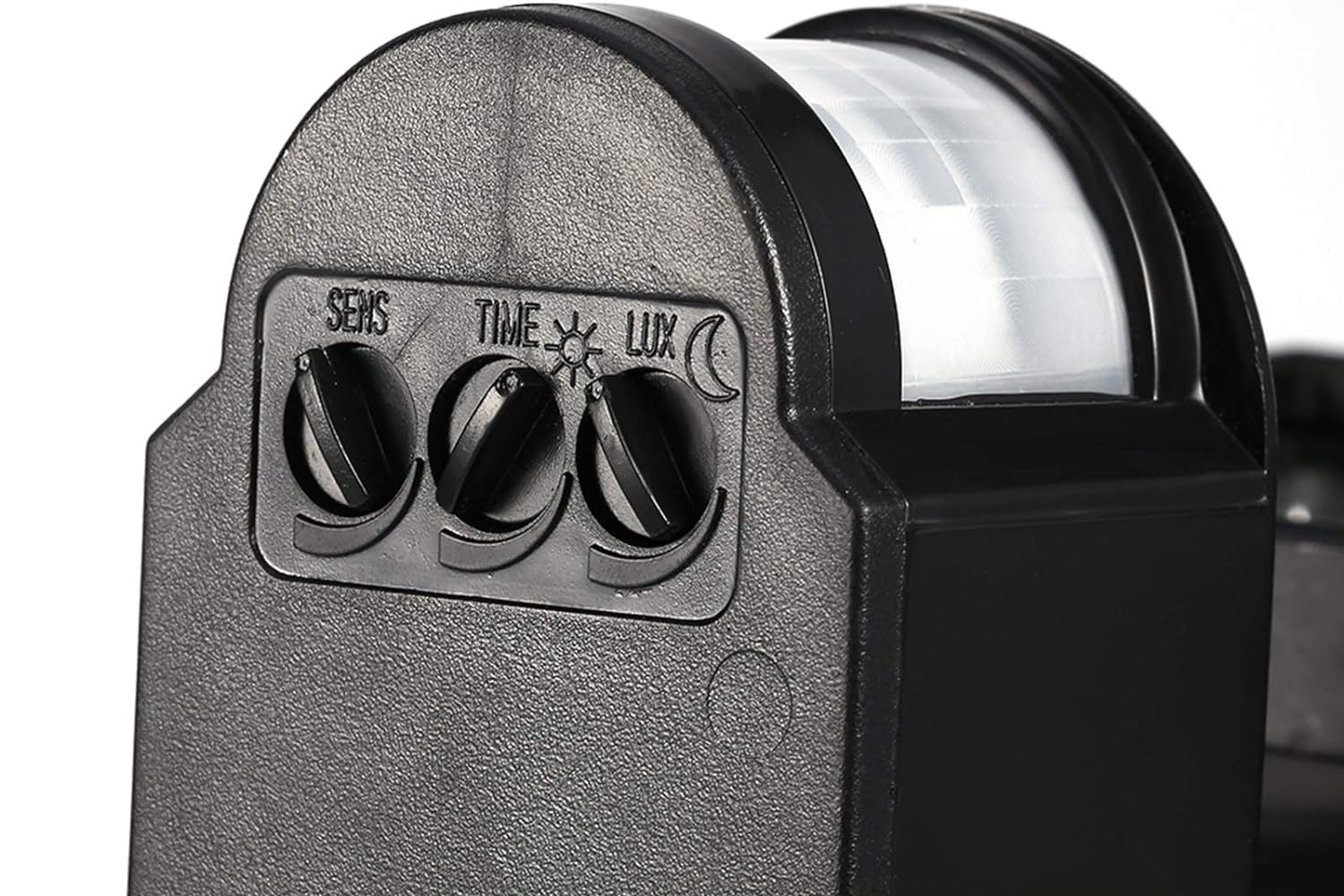

Home Security and Surveillance
What Does Increasing Sensitivity Mean On Motion Detector Light?
Modified: March 6, 2024
Learn what increasing sensitivity means on motion detector light and how it impacts your home security and surveillance. Discover the benefits and considerations.
(Many of the links in this article redirect to a specific reviewed product. Your purchase of these products through affiliate links helps to generate commission for Storables.com, at no extra cost. Learn more)
Introduction
Welcome to the world of home security and surveillance! In today’s ever-changing landscape, it’s vital to prioritize the safety and protection of our homes and loved ones. With advancements in technology, home security systems have become more sophisticated and efficient, offering a wide range of features to ensure peace of mind.
One key component of any comprehensive home security system is motion detector lights. These smart devices play a crucial role in deterring intruders and providing illumination when needed. However, understanding the intricacies of motion detector lights can be overwhelming, especially when it comes to adjusting the sensitivity levels.
In this article, we’ll delve into the concept of sensitivity in motion detector lights, its importance, factors affecting it, the benefits and potential drawbacks of increasing sensitivity, as well as tips for effectively adjusting sensitivity levels.
Whether you’re a homeowner looking to optimize your existing motion detector lights or a security professional seeking to enhance your knowledge, this article will provide you with valuable insights. So, let’s dive in!
Key Takeaways:
- Adjusting sensitivity on motion detector lights determines how easily they respond to movement. Finding the right balance ensures they detect intruders while avoiding unnecessary activations from harmless movements.
- Increasing sensitivity expands the coverage and detection capabilities of motion detector lights, but it can also lead to false activations from pets, wildlife, and environmental factors. Regular monitoring and adjustments are essential for optimal performance.
Understanding Motion Detector Lights
Motion detector lights, also known as motion sensor lights or security lights, are designed to detect movement within their range and automatically illuminate the area. These lights typically consist of a motion sensor, a light bulb, and a control unit.
When the motion sensor detects any motion within its field of view, it sends a signal to the control unit, triggering the light bulb to turn on. This immediate response serves two primary purposes. Firstly, it alerts homeowners to potential intruders or unwanted visitors. Secondly, it provides enhanced visibility, reducing the risk of accidents and improving overall safety.
There are various types of motion detectors, including passive infrared (PIR) sensors, microwave sensors, and dual-technology sensors that combine both PIR and microwave technologies. Each type operates differently, but their goal remains the same – to detect motion and activate the light in response.
Modern motion detector lights often come with additional features such as adjustable sensitivity, duration settings, and even the ability to sync with home automation systems. These advances allow users to customize their settings and maximize the functionality of their motion detector lights.
Now that we have a basic understanding of motion detector lights, let’s explore the concept of sensitivity and why it’s crucial to optimize this setting for optimal performance.
What is Sensitivity?
Sensitivity, in the context of motion detector lights, refers to the level of responsiveness of the motion sensor to detect movement. It determines how easily the sensor will trigger the light when it detects any motion within its range. The sensitivity setting allows users to adjust the threshold at which the motion detector will activate the light.
Typically, sensitivity settings range from low to high, with some motion detector lights offering precise adjustment options in between. A lower sensitivity setting means that the motion sensor will require more significant movement to activate the light, while a higher sensitivity setting means even slight movements can trigger the light.
It’s important to note that sensitivity settings are not standardized across all motion detector lights. The scale and terminology used to indicate sensitivity levels may vary, depending on the manufacturer and model. Some may use numbers, while others may use words like low, medium, and high. Therefore, it’s crucial to consult the user manual or manufacturer’s guidelines to understand the specific sensitivity settings for your motion detector lights.
The sensitivity setting plays a critical role in determining the effectiveness of your motion detector lights. Setting the sensitivity too low may result in missed detections, rendering the lights less effective in detecting and deterring potential intruders. On the other hand, setting the sensitivity too high can lead to false activations, where harmless movements such as tree branches swaying or passing animals trigger the lights unnecessarily.
Now that we have a clear understanding of sensitivity, let’s explore why it’s important to optimize this setting for your motion detector lights’ overall performance and effectiveness.
Importance of Sensitivity in Motion Detector Lights
The sensitivity setting on your motion detector lights is a crucial factor that determines their effectiveness in detecting and responding to motion. Understanding the importance of sensitivity and optimizing this setting is essential for ensuring the overall functionality and reliability of your home security system.
Here are some key reasons why sensitivity is important in motion detector lights:
- Customization: Adjusting the sensitivity allows you to customize the motion detector lights according to your specific needs and surroundings. By finding the right balance, you can ensure that the lights respond appropriately to movements within their range while minimizing false activations.
- Enhanced Detection: Increasing the sensitivity of your motion detector lights can expand their detection range, enabling them to detect even slight movements. This is particularly useful in areas where you want a high level of security, such as entrances, driveways, or backyards.
- Improved Safety: By setting an optimal sensitivity level, you can ensure that the motion detector lights provide adequate illumination when needed. This helps prevent accidents, as it illuminates potential obstacles or hazards in your path, such as steps, debris, or uneven surfaces.
- Deterrence: Motion detector lights with an appropriate sensitivity level play a crucial role in deterring potential intruders. The sudden illumination can startle and discourage unauthorized individuals from proceeding further, increasing the security of your home.
- Energy Efficiency: Fine-tuning the sensitivity setting can help optimize the energy consumption of your motion detector lights. By setting it to the appropriate level, you can minimize false activations, which can lead to unnecessary energy consumption.
With the right sensitivity setting, you can ensure that your motion detector lights effectively fulfill their purpose, enhancing both your home security and peace of mind.
Now, let’s explore the factors that can impact the sensitivity of your motion detector lights.
Factors Affecting Sensitivity
Several factors can influence the sensitivity of motion detector lights. Understanding these factors will help you optimize the sensitivity setting to ensure the accurate detection of motion and effective functioning of your home security system.
Here are the key factors that can affect the sensitivity of your motion detector lights:
- Range: The range at which the motion detector can detect movement plays a significant role in determining sensitivity. Lights with a broader detection range may require lower sensitivity, while those with a narrower range may need higher sensitivity to ensure accurate detection within their limited field of view.
- Positioning: Proper positioning of your motion detector lights is crucial for optimal performance. Aim the sensor in the direction you want to monitor, ensuring there are no obstructions that may hinder accurate detection. Incorrect positioning can lead to missed detections or false alarms, regardless of the sensitivity setting.
- Environmental Factors: Various environmental factors can impact the sensitivity of motion detector lights. For example, heavy rain, snow, fog, or extreme temperatures can affect sensor performance. It’s essential to consider these factors when setting sensitivity levels to avoid unnecessary false activations.
- Pets and Wildlife: If you have pets or frequent wildlife activity in the monitored area, you need to consider their movements when adjusting sensitivity. To avoid false activations caused by pets or small animals, you may need to lower the sensitivity slightly or adjust the detection area to exclude certain zones.
- Sensitivity Range: Different motion detector lights may have different sensitivity settings and ranges. It’s important to understand the specific sensitivity range of your system and adjust it accordingly. Refer to the manufacturer’s guidelines or user manual for detailed instructions on finding the optimal sensitivity level for your device.
By taking these factors into account and making necessary adjustments, you can ensure that the sensitivity of your motion detector lights is finely tuned for accurate detection and reliable performance.
Next, let’s explore the benefits of increasing the sensitivity setting on your motion detector lights.
Increasing sensitivity on a motion detector light means it will be triggered by smaller movements. This can be useful for detecting subtle movements, but be aware that it may also lead to more false alarms from things like animals or swaying branches.
Benefits of Increasing Sensitivity
Increasing the sensitivity of your motion detector lights can offer several benefits in terms of improved security, enhanced detection capabilities, and overall functionality of your home security system. While every situation is unique, here are some common advantages of raising the sensitivity setting:
- Enhanced Intruder Detection: A higher sensitivity level allows your motion detector lights to detect even subtle movements and small objects within their range. This means that potential intruders or suspicious activities are more likely to trigger the lights, providing you with early warning and deterring unauthorized access to your property.
- Better Coverage: By increasing the sensitivity, you can extend the coverage area of your motion detector lights. This is particularly useful if you have a large yard or want to monitor a larger space. With increased sensitivity, the lights can detect movement farther away from the sensor, ensuring comprehensive coverage of your property.
- Quick Response: Higher sensitivity ensures a faster response time when motion is detected. The lights will activate promptly, minimizing the delay between detection and illumination. This swift response is crucial in catching intruders off guard and increasing the effectiveness of your security measures.
- Improved Safety: Increasing sensitivity levels can benefit not only security but also safety. Higher sensitivity ensures that the motion detector lights promptly illuminate potential hazards or obstacles in the surroundings. This helps prevent accidents and injuries, especially in dimly lit areas or during nighttime activities.
- Flexible Detection Options: Raising the sensitivity provides versatility in detecting different types of motions. Whether it’s detecting small movements like someone slowly approaching your property or larger movements like a car pulling into the driveway, increased sensitivity allows your motion detector lights to respond accurately to a wide range of events.
It’s important to remember that the optimal sensitivity level may vary depending on your specific needs, environment, and potential sources of false activations. Finding the right balance is key to harnessing the benefits of increased sensitivity while minimizing false alarms caused by irrelevant movements.
Now, let’s explore potential drawbacks to consider when increasing the sensitivity setting on your motion detector lights.
Potential Drawbacks of Increasing Sensitivity
While increasing the sensitivity of your motion detector lights can offer several benefits, it’s important to be aware of potential drawbacks that may arise. Understanding these drawbacks will help you make informed decisions when adjusting the sensitivity setting:
- False Activations: One of the primary drawbacks of increasing sensitivity is the potential for false alarms. Higher sensitivity may lead to lights being triggered by harmless movements or environmental factors such as tree branches swaying, passing animals, or even changes in lighting conditions. These false activations can be annoying, may desensitize occupants to actual threats, and could lead to wasted energy.
- Pet Interference: If you have pets or animals in your home or surrounding areas, increasing sensitivity can lead to more false activations caused by their movements. Consider the activities and behavior of your pets when determining the appropriate sensitivity level to avoid unnecessary triggers of the motion detector lights.
- Increased Power Consumption: Higher sensitivity requires the motion detector lights to remain more active, resulting in increased power consumption. While modern motion detector lights are generally energy-efficient, continuous illumination due to frequent triggers can affect overall energy usage. Be mindful of your energy consumption and consider energy-saving measures when adjusting sensitivity settings.
- Neighboring Interference: If you live in close proximity to neighbors, increased sensitivity may result in triggers from their movements or activities. This can be particularly challenging in densely populated areas where multiple motion detector lights may interfere with each other. Adjusting sensitivity levels carefully can help mitigate potential conflicts and false alarms.
- Privacy Concerns: Higher sensitivity may inadvertently capture movements or activities in neighboring properties or public areas, raising privacy concerns. Ensure that your motion detector lights are properly positioned and adjusted to minimize the chance of invading others’ privacy.
It’s crucial to strike a balance between sensitivity levels that effectively detect potential threats while minimizing false activations. Regularly monitor the performance of your motion detector lights and make adjustments as necessary to mitigate any potential drawbacks.
Now let’s move on to some helpful tips for adjusting the sensitivity levels on your motion detector lights.
Tips for Adjusting Sensitivity on Motion Detector Lights
Adjusting the sensitivity of your motion detector lights can be a crucial step in optimizing their performance. Here are some helpful tips to guide you through the process:
- Read the User Manual: Start by thoroughly reading the user manual or manufacturer’s guidelines for your specific motion detector lights. It will provide valuable information on the sensitivity settings, adjustment procedures, and any specific considerations for your device.
- Test Different Positions: Experiment with different positions for your motion detector lights to identify the optimal placement. Consider the range, angles, and potential obstructions that might affect sensitivity. Fine-tuning the positioning can help reduce false activations and enhance detection accuracy.
- Start with Default Settings: If you’re unsure about the optimal sensitivity level, begin with the default settings provided by the manufacturer. This serves as a good starting point for fine-tuning the sensitivity to your specific needs and environment.
- Gradually Adjust Sensitivity: Make incremental adjustments to the sensitivity levels rather than making drastic changes. This allows you to assess the impact of each adjustment and find the right balance between accurate detection and false alarms.
- Consider Environment and Surroundings: Take into account any environmental factors that may affect sensitivity, such as nearby trees, bushes, or objects that can trigger false activations. Adjust sensitivity levels accordingly to minimize unwanted triggers.
- Account for Pets and Wildlife: If you have pets or frequently encounter wildlife in the monitored area, consider their movements when adjusting sensitivity. Find the right sensitivity level that minimizes false alarms caused by these factors while ensuring effective detection of potential threats.
- Regularly Evaluate Performance: Monitoring the performance of your motion detector lights is essential. Pay attention to false activations, missed detections, or any other issues. Adjust the sensitivity settings as necessary to maintain reliable performance and address any issues that arise.
- Combine with Other Security Measures: Motion detector lights work best in conjunction with other security measures, such as cameras, alarms, or signs. Integrating these measures can provide a comprehensive and layered approach to home security.
Remember, finding the optimal sensitivity level may require some trial and error. Take the time to evaluate the effectiveness of your motion detector lights and make adjustments accordingly to achieve the desired balance between accurate detection and false alarms.
Now that we’ve covered tips for adjusting sensitivity, let’s summarize the key points we’ve discussed so far.
Conclusion
Motion detector lights play a crucial role in enhancing the security and safety of our homes. Understanding and adjusting the sensitivity setting of these lights is essential to maximize their effectiveness. By finding the right balance, we can ensure accurate detection of potential threats while minimizing false activations.
In this article, we explored the concept of sensitivity in motion detector lights and its importance. We discussed the factors that can affect sensitivity, such as range, positioning, environmental factors, and the presence of pets or wildlife. We also highlighted the benefits of increasing sensitivity, including enhanced intruder detection, improved coverage, quick response, improved safety, and flexible detection options.
However, it’s important to be aware of potential drawbacks, including false activations, pet interference, increased power consumption, neighboring interference, and privacy concerns. By considering these factors and following helpful tips for adjusting sensitivity levels, we can optimize the performance of our motion detector lights.
Remember to consult the user manual or manufacturer’s guidelines for specific instructions on sensitivity settings for your particular motion detector lights. Regular monitoring and evaluation of performance will help ensure reliable functionality and address any issues that arise.
Ultimately, by effectively adjusting the sensitivity of our motion detector lights, we can create a secure and well-lit environment that deters potential intruders, provides peace of mind, and enhances the overall safety of our homes.
Thank you for joining us on this exploration of sensitivity in motion detector lights. Stay vigilant, stay safe!
Frequently Asked Questions about What Does Increasing Sensitivity Mean On Motion Detector Light?
Was this page helpful?
At Storables.com, we guarantee accurate and reliable information. Our content, validated by Expert Board Contributors, is crafted following stringent Editorial Policies. We're committed to providing you with well-researched, expert-backed insights for all your informational needs.
